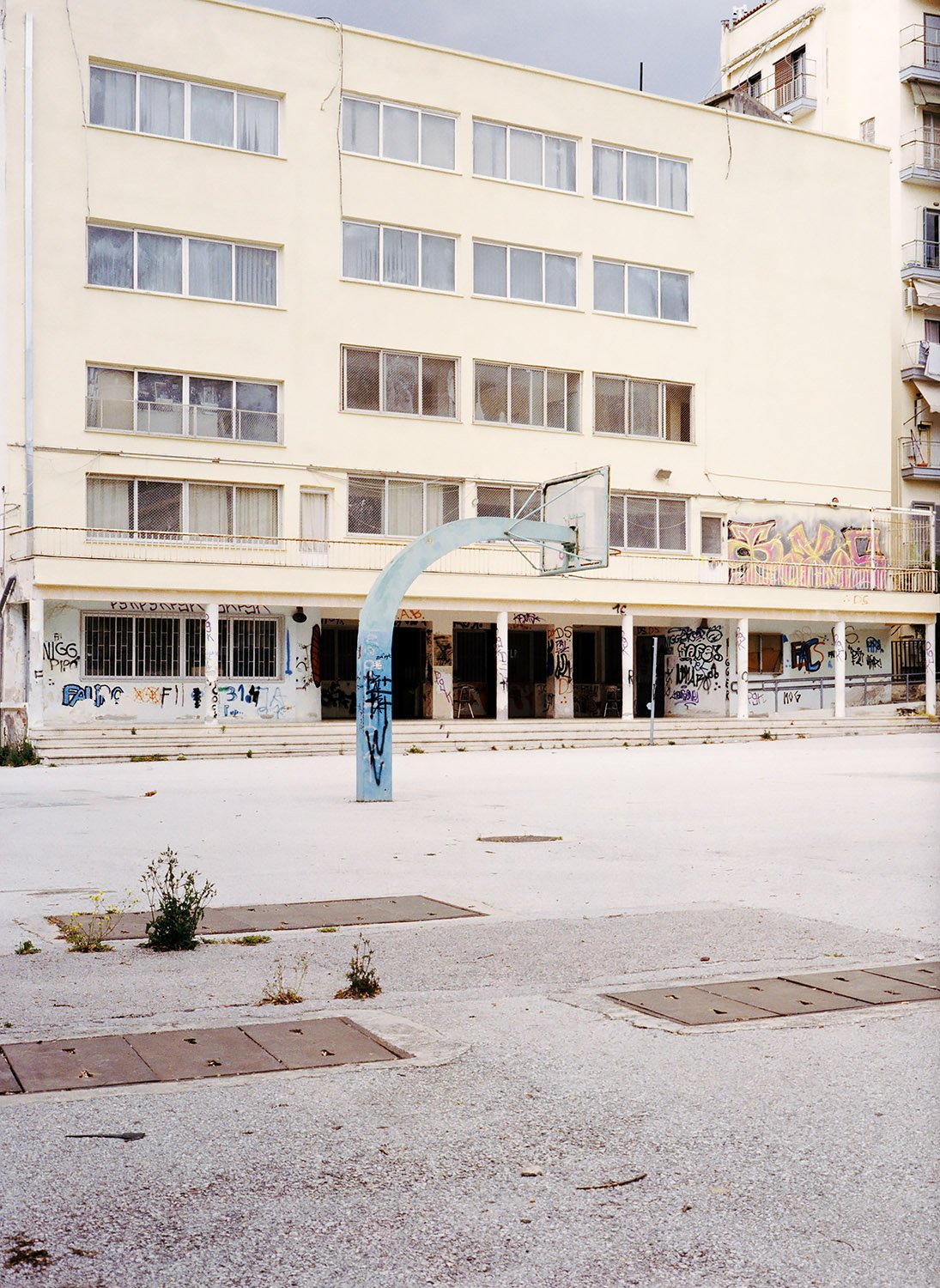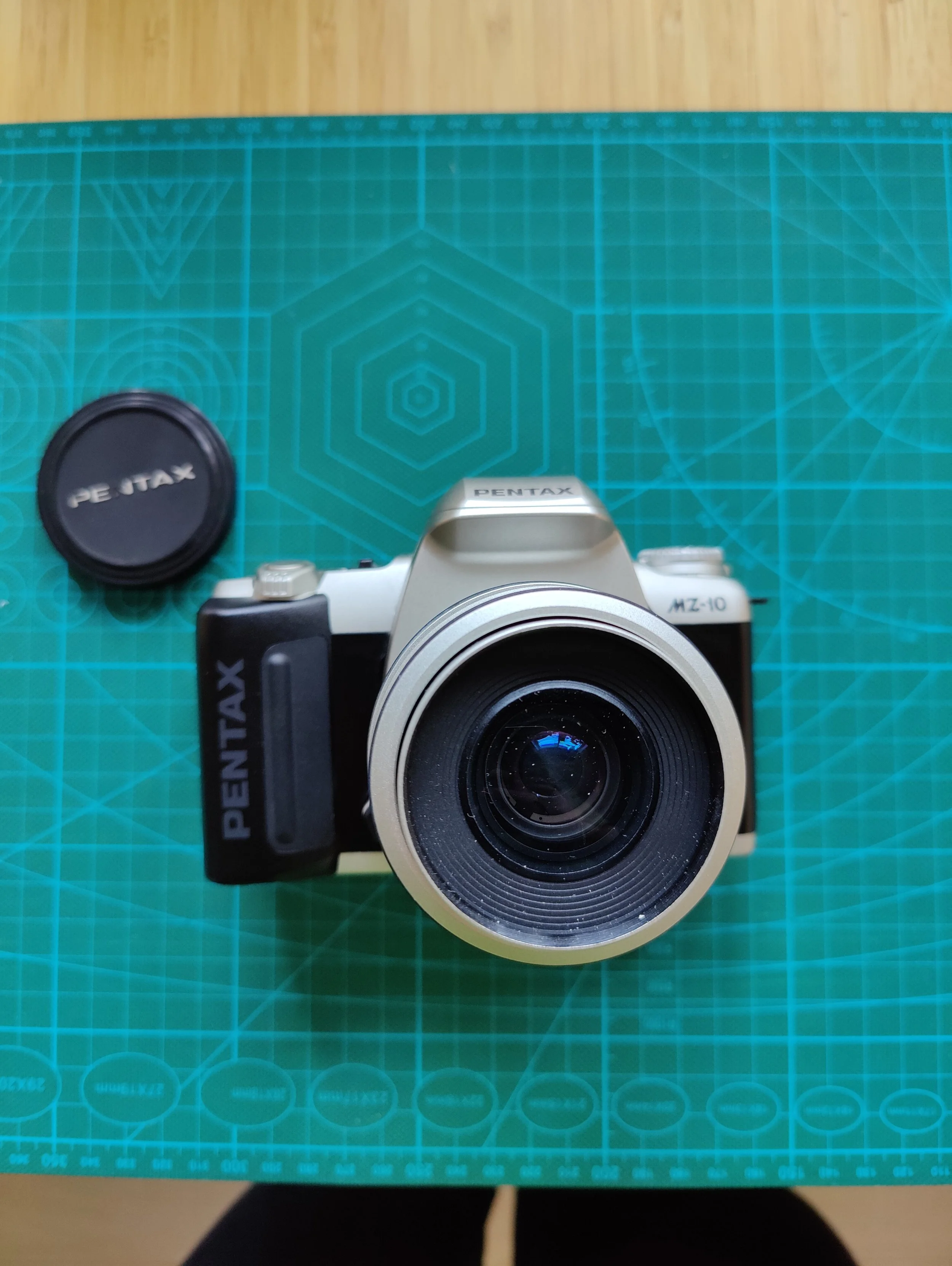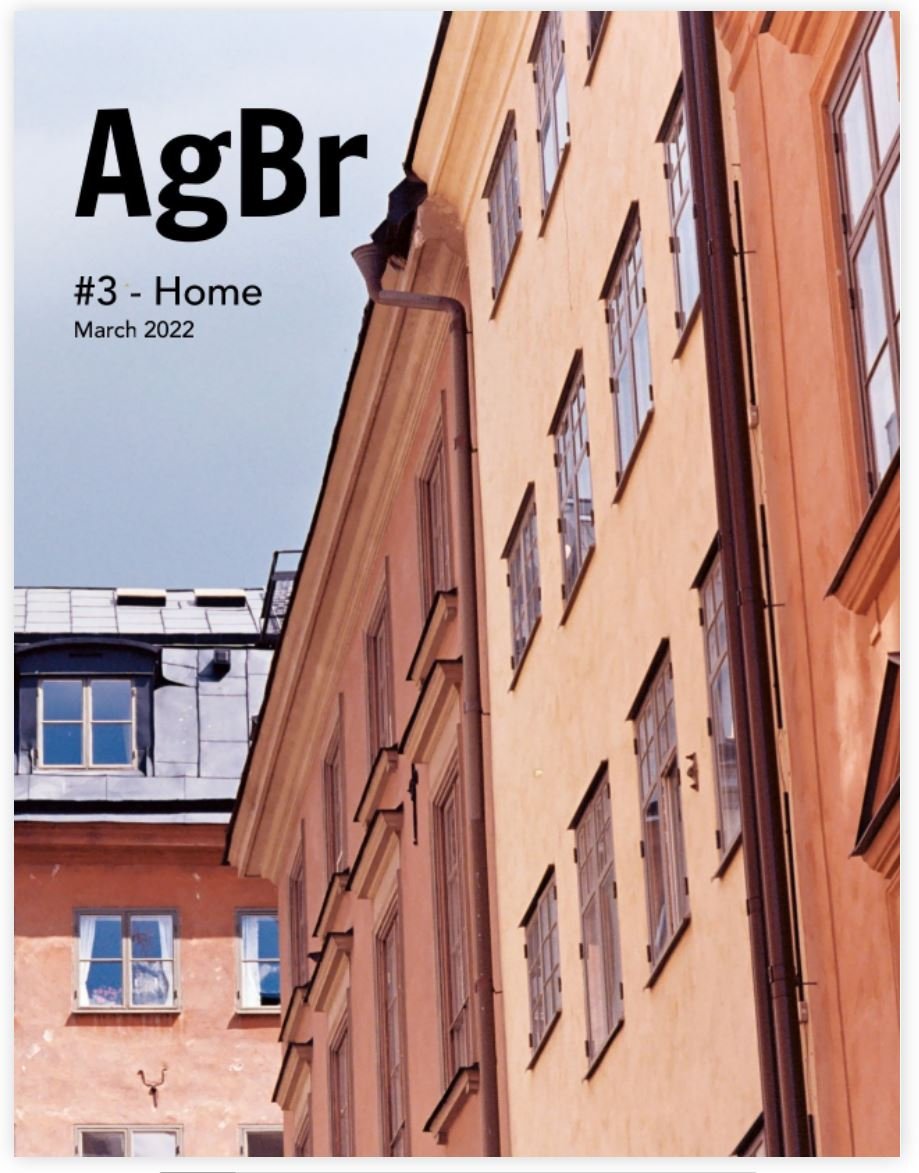I ordered this list in descending order of price per liter of working solution, since I think that is the best way to look at it.
Image quality
Lets start with the obvious one. How does the printed images differ between these paper developers? The answer is - I can’t see any difference. I think they all give pretty much identical, and good results. I think that the good developers have won the battles and are the ones still standing, the other ones have been forgotten by now.
Capacity
So the next question is, how much can you print with a liter of developer? My answer is, look at the data sheet, I have no idea. I don’t think I ever exhaust the developer, it goes bad from time and oxidation, not from me printing so much. I am not that kind of printer, I make a few large sheets, and rarely. They all seem to have good capacity anyway.
Shelf life
And the most important question of them all, for me, when it comes to paper developers - what is the shelf life:
Adox Neutol Eco
had the worst shelf life in my experience. The stock solution went bad in a matter of a few months after opening the bottle. The working solution was worse in just 24h, after 48+h it was no good.
Ilford Multigrade
was slightly better. The opened bottle lasted for 5-6months before it went dark brown, and the working solution was good for about the same as Neutol, 24-48h.
Kodak Dektol
I can’t say I have that much experience with, since it is what they used in the community darkroom I used before. A 5l can was mixed and used until exhausted. That jug of working solution lasted weeks, since it was poured back into the completely full 5l can. According to internet, the working solution has a shelf life of about 24h, which is most likely true when left in the tray. Dektol comes as a powder, so the “concentrate” has an unlimited shelf life.
Adox MCC
is an Agfa developer that Adox makes nowadays. The opened bottle lasted a year without a hitch, and the working solution lasts for weeks. I got into a semi-”replenishing” system where I mixed up 200-300ml of fresh developer and poured out the same amount from my bottle of 1-2l and got great results this way for a very long time without having to mix up a big amount of developer. Very cost effective this way.
Moersch Eco 4812
Moersch calls it his best developer, and probably the best developer in the world. While I’m not sure about that, the shelf life of this developer is excellent. I haven’t gone through a full bottle yet, but I’ve been a bottle for about a year and I have noticed that it has gotten some crystals coming out of solution in the bottle now. I got most of them mixed back in by whirling it around for a while, I should probably heat it up a bit too. The working solution seems to last for about a month or so in an air tight bottle. So this is a developer is really cost effective, since you can actually use it to capacity even if you don’t print that often.
Notes
Adox MCC is really fast acting, you get a finished print in less than a minute (with RC papers). And it is really stable, you get consistent results sheet after sheet.
Eco 4812 is really slow acting. It takes several minutes for it to develop to completion. If your darkroom is cold, like mine, I recommend heating it up to 22-24c. At 18-19c it takes just forever, and I think that super long development time adds some weird greenish tones. While “normal dilution” is 1+15, I think that you can/should add a few ml more of developer to get it slightly more spicy, just to cut down on that waiting time. Especially with added restrainers.
Winner
Currently it is a tie between Adox MCC and Moersch Eco 4812. It is funny, isn’t it, that the most and least expensive developer per liter of working solution would be my favourites. Eco 4812 is cheap, but I prefer it at a dilution closer to 1+10, which means the price per liter is closer to that of Ilford Multigrade. MCC is expensive, but I replenish my bottle of working solution which brings down the actual cost way down. For me, personally, the cost is so low in both cases it really doesn’t matter.
Any way, I would warmly recommend either one. The rest are not ones that I will be returning to. Dektol has had lots of supply and quality issues too, so let’s see if that one even exists in the future.
What is your favorite paper developer, and have you done any serious comparison between paper developers? I would be interested in hearing your thoughts on this subject.





























































